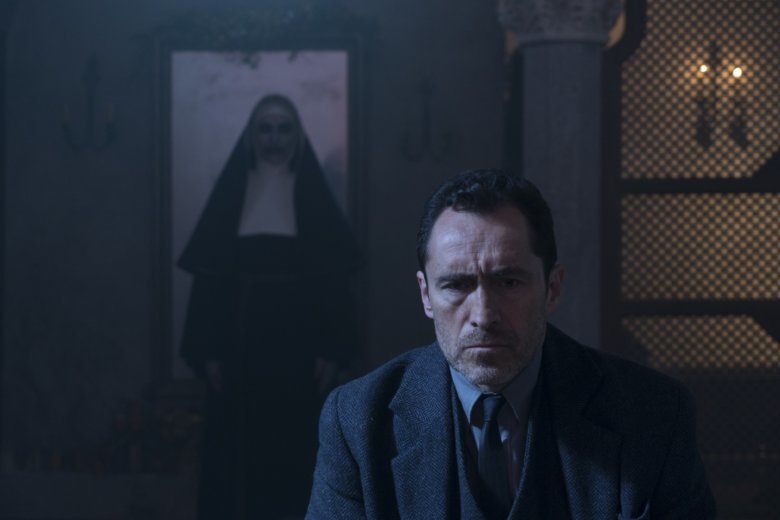“Paterson” is a new film by Jim Jarmusch about an artist who has a stable but low income job, a steady relationship, and a disciplined drinking habit. The title character, however, is exactly the opposite of the stereotypical tortured soul that is so commonly associated with the “true” artist.
Rather than revelling in self-destruction, Paterson is a man of routine. He wakes up every morning at the same time, kisses his girlfriend, goes to work as a bus driver, writes a few poems, goes home, fixes his mailbox, walks his English bulldog, has a beer and goes to sleep.
Yet, he is not a slave to routine and it is in this methodical schedule that he finds inspiration for his art. Paterson writes his poems in a notebook and tends to focus on the little things in life. It is in showing us these scenes from the viewpoint of Paterson that makes the film what it is.
While it may seem tempting to criticize the movie for not really having a coherent formulaic plot, I believe it would be missing the entire point of the film.
The story is driven by the insights into the mind of Paterson as he encounters inspiration and crafts his poems.
Throughout the movie we see and then hear by way of voiceover, Paterson’s poems come to fruition. The poems start off as simple concrete observations, such as a new matchbox and his partners flowing hair, and blossom into realizations about love and life.
For example, his poem titled Love Poem starts off “Currently our favorite brand is Ohio Blue Tip, though we used to prefer Diamond brand.” The poem then delves deeper past the mundane towards the profound “stubbornly ready to burst into flame, lighting, perhaps, the cigarette of the woman you love, for the first time, and it was never really the same after that.”
The film is also subtly funny, filled with deadpan dialogue and offbeat characters that any fan of Wes Anderson will admire.
Among the litany of characters in the film, arguably the funniest are Paterson’s girlfriend, Laura, portrayed by Golshifteh Farahani and his frowning English bulldog, Marvin. Laura, the free-spirited artist, is consist- ently surprising Paterson with some endearingly ridiculous goal she would like to accomplish, whether it’s online guitar lessons taught by a man named Esteban to pursue her dream as a country singer or coming home to find the entire house painted with black and white circular patterns.
Marvin is a scene stealer as well. His comedic presence is always felt on screen. Marvin plays the closest this film has to an antagonist. When Paterson has to walk him, Marvin is sure to jerk him around with all the strength his small muscled body can muster and when Paterson takes Laura’s attention away from him, he grumbles and stares threateningly at Paterson. The dog functions to instill a small amount of chaos into Paterson’s routine.
These comedic charac- ters effectively embellish and make Paterson’s uneventful story compelling.
Despite the fact that the tone of “Paterson” is subdued, beneath the surface is a passionate film. With its dry wit and sensitive realizations about the ordinary, “Paterson” will leave you with the feeling that be- low the banal and routine, lies beauty.













